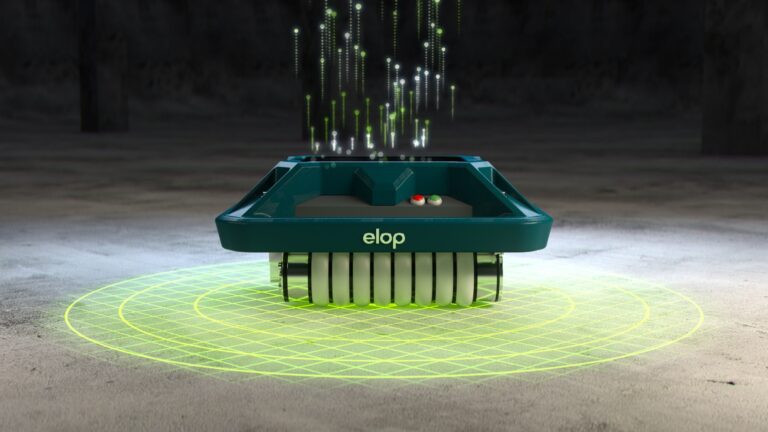Non-Destructive Testing (NDT) plays a crucial role in ensuring the integrity, safety, and reliability of structures and infrastructure across various industries. Recent advancements in technology have revolutionized NDT methods, providing more accurate, efficient, and comprehensive inspection capabilities. This article explores cutting-edge technologies transforming NDT practices, including Utility Locating, Ultrasonic Pulse Velocity (UPV), Ultrasonic Pulse Echo (UPE), Ground Penetrating Radar (GPR), and Pile Integrity Testing (PIT).
Utility Locating technology has evolved significantly, offering precise mapping and detection of underground utilities such as gas pipelines, water mains, and electrical cables. Advanced Ground Penetrating Radar (GPR) systems, equipped with electromagnetic sensors and high-resolution imaging capabilities, enable accurate identification of buried assets. This helps prevent accidental damage during excavation and construction activities. Utility locating services have become essential for ensuring the safety and efficiency of infrastructure development projects in urban areas.

Ultrasonic Pulse Velocity (UPV)
Ultrasonic Pulse Velocity (UPV) testing is a non-destructive method used to assess the quality and integrity of concrete structures. Modern UPV equipment utilizes high-frequency sound waves to measure the propagation velocity of ultrasonic pulses through concrete. This provides valuable insights into material properties, including density, uniformity, and the presence of defects such as cracks and voids. UPV technology offers rapid and reliable assessment of concrete structures, making it a valuable tool for quality control, condition assessment, and structural health monitoring in construction and civil engineering applications.
Ultrasonic Pulse Echo (UPE)
Ultrasonic Pulse Echo (UPE) testing is another advanced NDT technique employed for evaluating the thickness and integrity of materials, including metals, composites, and concrete. UPE systems emit ultrasonic pulses that travel through the material and reflect off internal boundaries or defects, allowing inspectors to measure thickness and detect flaws with precision. Modern UPE equipment features advanced signal processing algorithms and user-friendly interfaces, enabling fast and accurate inspections in various industrial settings such as aerospace, automotive, and manufacturing.

Ground Penetrating Radar (GPR)
Ground Penetrating Radar (GPR) technology has emerged as a versatile and powerful tool for subsurface imaging and detection of buried objects and structures. Advanced GPR systems utilize electromagnetic pulses to penetrate the ground and generate high-resolution images of underground features, including utilities, voids, and geological formations. GPR technology offers non-invasive and real-time mapping capabilities, making it ideal for applications such as archaeological surveys, environmental site assessments, and geotechnical investigations.

Pile Integrity Testing (PIT)
Pile Integrity Testing (PIT) is a critical NDT method used to assess the integrity and structural condition of deep foundation piles. Modern PIT systems employ advanced sensors and signal processing techniques to evaluate the integrity of concrete or steel piles by analyzing the response of the pile to an impact or stress wave. PIT technology provides valuable information about pile length and integrity, helping engineers ensure the safety and reliability of foundations in construction projects such as bridges, buildings, and offshore structures.
Conclusion
Advancements in modern technology have transformed Non-Destructive Testing and Utility Locating, offering unprecedented capabilities for assessing the integrity, quality, and safety of structures and infrastructure. From underground utility mapping with GPR to concrete assessment with UPV and UPE, these innovative NDT methods provide valuable insights that enable engineers and inspectors to make informed decisions and mitigate risks effectively. As technology continues to evolve, NDT professionals can expect further improvements in accuracy, efficiency, and reliability, ultimately contributing to safer and more resilient built environments.
For more details on Ground Penetrating Radar technology, you can visit Wikipedia’s Ground Penetrating Radar page.
Contact us admin@concretescan.com today to get a quote.
